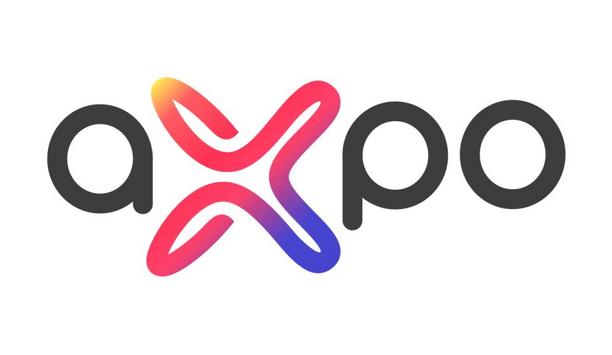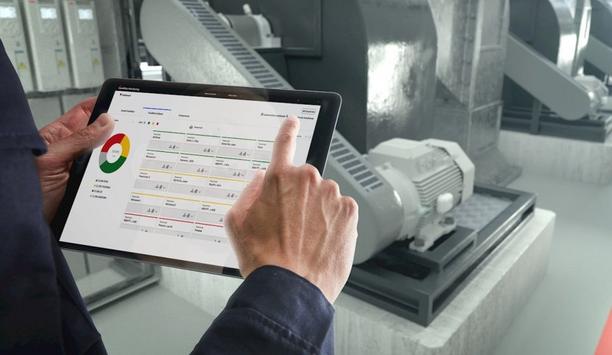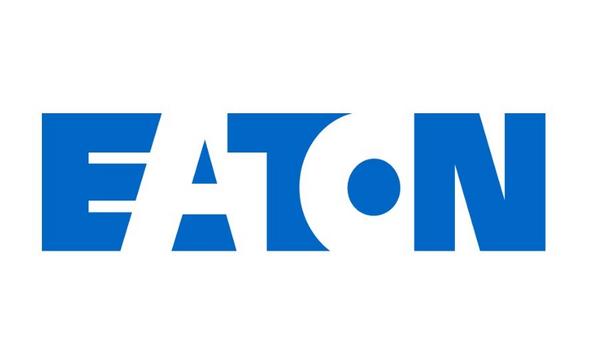According to a survey by Delta-EE of over 1,000 Europeans, self-consumption optimization is the most attractive value stream in the Home Energy Management (HEM) field for end users. And it will experience the highest growth in the next five years. The study also showed that annual sales in the HEM and appliance optimization markets in Europe will grow by 6-fold this decade and be implemented in 10 million homes by 2030. What are the driving factors behind this? Well, 90% of respondents said that lowering energy bills was important to them, and 80% that having a positive impact on the environment was important.
Gaining energy independence through rooftop photovoltaic (PV) systems is one of the best ways to reduce both costs and emissions. However, with an increasing number of household assets making energy flows more complex, maximizing self-sufficiency and ensuring that no self-generated energy goes to waste is a growing challenge. This is where smart curtailment comes in.
PV curtailment
PV curtailment also arises from regulatory issues or other restrictions, such as small grid connections
Electricity curtailment is the deliberate reduction in output below what could have been produced due to low energy demand. PV curtailment also arises from regulatory issues or other restrictions, such as small grid connections. In Italy, for example, a typical household is usually only allowed to take or feed in up to 3 kW to/from the grid. So if there are limits to feeding PV surplus back into the grid, how can it be put to better use?
When connected with other assets – EV, battery or heat pump – smart curtailment can ensure that solar energy is better utilized. The Energy Management System (EMS) algorithm in the Energy Optimizer module considers the potentially curtailed PV power and distributes it to controllable devices, according to the user’s preferences.
User’s specific preferences
For example, a user could decide that if surplus PV is available, three things could happen in order of preference: the EV should be charged with the highest priority; the battery is only charged if the EV is fully charged; and as a final way to leverage flexibility, thermoelectric devices (air heaters or heat pumps) could be used as a battery for thermal energy by storing heat in the air or water tank and later shifting consumption to a more suitable period.
gridX’s algorithm not only adjusts the energy flows according to the user’s specific preferences and the asset constraints, but it also takes legal requirements and limits in relation to the grid connection point into account.
Highlights the importance of smart curtailment
PV system operators with an installed PV peak power of less than 25-kilowatt peak
In Germany, for example, PV system operators with an installed PV peak power of less than 25-kilowatt peak (kWp) and without a smart meter are obliged to limit their maximum PV infeed to 70% of the installed PV peak power. This curtailment significantly reduces PV-induced grid congestion but also leads to a notable loss of renewable energy. Dynamic power limitation, however, can minimize this loss.
The following example assumes a 10 kWp PV system is installed, meaning a maximum of 7 kW can be fed into the grid. It compares a static (sPVc) and a dynamic (dPVc) active power limitation and clearly highlights the importance of smart curtailment. This shows that the dynamic adjustment of the curtailment limit can make 2kW more PV generation usable, without breaching any restrictions. This enables a higher utilization of solar energy compared to static active power limitation. They can further minimize curtailed PV power by using PV forecasts.
A look to the future: energy forecasting
As end users become more self-sufficient and increasingly manage their own energy consumption
As end users become more self-sufficient and increasingly manage their own energy consumption, it has never been more important to have insights into future energy production and consumption so that these can be better balanced.
By using historical measurements of consumption and generation within a household, together with intelligent forecasting algorithms that also consider weather forecasts, the forecast-based energy management algorithm makes otherwise unusable PV generation usable. For example, if PV power is expected to be curtailed later in the day, the algorithm can direct the battery to charge the connected EVs, so that there is enough battery capacity left later to store the otherwise curtailed energy.
locally generated PV energy
The forecast and its associated error are recalculated every 10 minutes based on the current PV production. To do this, the measured PV production must be compared with the prediction and a correction factor proportional to the difference is applied for the following hours. This provides the most accurate forecast for the day and enables the battery to be controlled to either consume the locally generated PV energy directly or store it optimally.
The forecast and its associated error are recalculated every 10 minutes based on the current PV display
As shown in the diagram, forecast-based energy management ensures that the entire PV power that would otherwise be curtailed can be stored to achieve a rounder bell-shaped curve, despite strongly deviating consumption and generation behavior. According to gridX Software Engineer, Vjekoslav Salapic, "the maximization of PV output enables our customers to increase their PV production, on average, by 4% (300kWh over the 9200kWh produced/year) and reduce their energy costs by 15%. The current energy crisis and its associated high prices bring even more traction to such smart solutions."
Forecast-based energy management
Head of Energy Management at gridX, Baptiste Feron says, “To accelerate the switch to renewable energy we must maximize the potential of every energy asset. Every bit of energy that goes to waste due to curtailment is clean energy that could replace fossil-fuel-powered energy somewhere else. This is why maximizing PV power output through smart curtailment and forecast-based energy management is so important."
“Intelligent algorithms that take the increasingly complex requirements of different assets, households and regulation into account enable holistic optimization of energy flows,” adds Baptiste. “This is the key to maximizing self-sufficiency and thereby lowering energy costs and emissions.”







